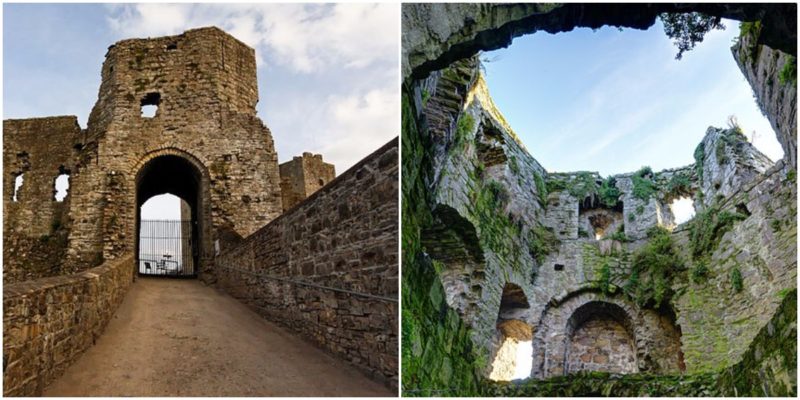Trim Castle is located on the southern side of the River Boyne in Trim, County Meath, Ireland. This fortification is a unique example of Norman architecture and is the largest Norman castle in Ireland, with an area of approximately 30,000 square meters. In the Irish language, the castle is called Caisleán Bhaile Atha Troim.
It was built at the end of the 12th century over a period of 30 years, by Hugh de Lacy, Lord of Meath, and his son Walter to serve as a central settlement (or caput baroniae) and administrative center of the Lordship of Meath. The castle was also used as a headquarters for Norman knights.
The site for the castle was chosen because the place is on raised ground, and in Medieval times, the area was navigable by boat up the River Boyne, about 25 miles from the Irish Sea. Now parts of the castle are in ruins.
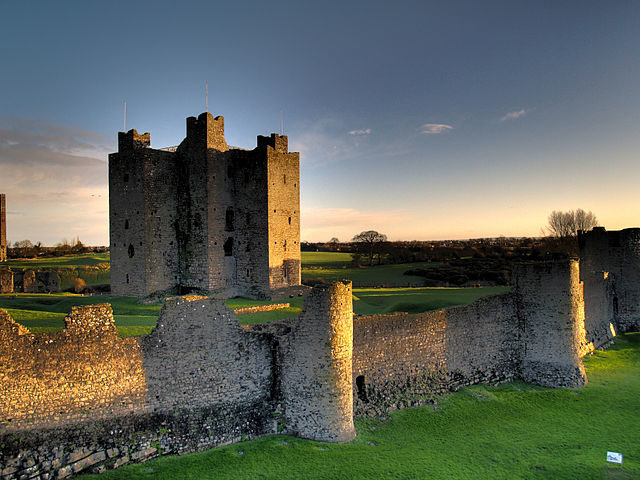
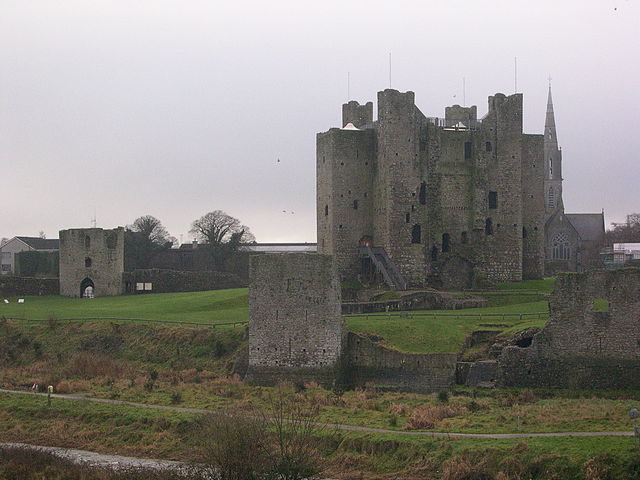
During the Norman invasion of Ireland, King Henry II of England granted the territory of Meath to Hugh de Lacy. That meant that Henry II would let de Lacy hold it, provided he could conquer it in the first place.
In the beginning of 1172, the king allowed de Lacy to take royal troops into Meath, where they attacked and burned the monastic towns of Fore and Killeigh. Thus new administrative areas of Ireland were created by Henry II. One of the areas was the Lordship of Meath and, in accordance with his agreements with the king, Hugh de Lacy took possession of the territory later in the year 1172.
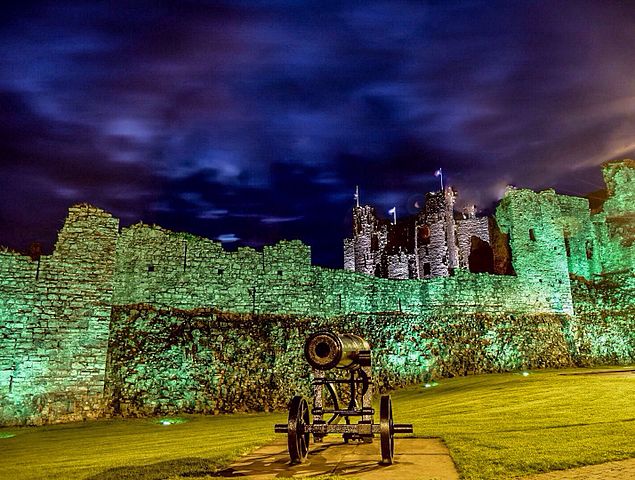
Soon he started to build a vast stronghold. The castle was designed as a ring stone structure defended and surrounded by strong double walls and an external channel on top of the hill. It is believed that there were more defenses around the structure. The remains of the stone-footed wooden gatehouse can be seen under the present-day stone gate on the western side of the castle. The upper stories of this stone tower have a semi-octagonal shape.
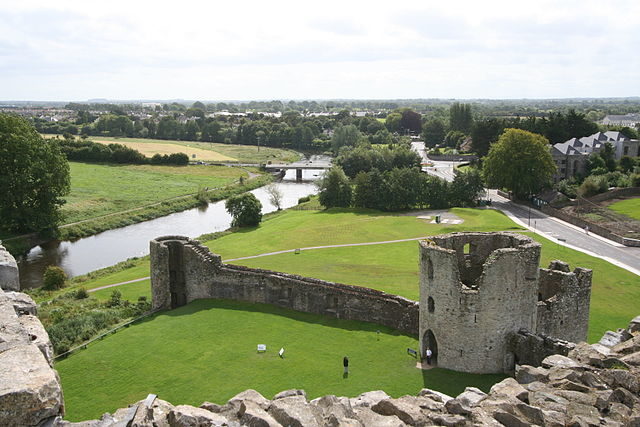
de Lacy left Ireland for a time and entrusted the castle to his loyal man Hugh Tyrell, Baron of Castleknock, who was one of his chief lieutenants. The castle was attacked and parts of it were burnt by the troops of the Gaelic High King of Ireland, Ruaidri Ua Conchobair. Tyrrel was unable to defend the castle because he had no troops.
He escaped, leaving the castle to Ua Conchobair, who soon withdrew. de Lacy took back his property and quickly started to rebuild the castle in 1173. His son Walter continued the rebuilding effort and finally completed the castle in 1224.
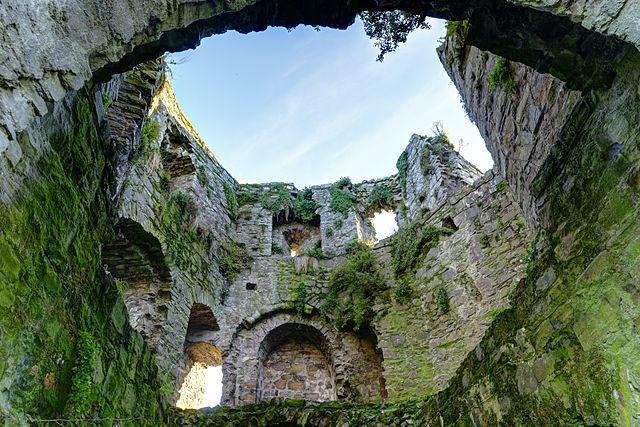
Later, at the end of the 13th century and the beginning of the 14th century, the castle was reconstructed by the descendants of Walter de Lacy. A new great hall with a chamber under the ground and solar (a type of castle room, usually living quarters) on the upper floor in the radically modified curtain tower was built. Also, a new outer defense building was attached to the keep for maximum protection of the entrance. Stables were added too.
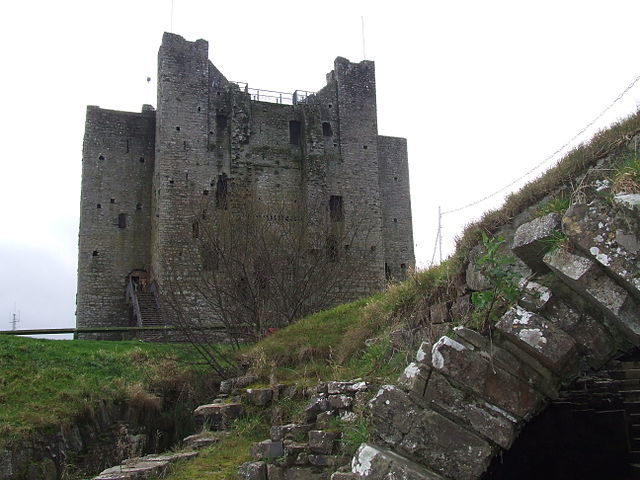
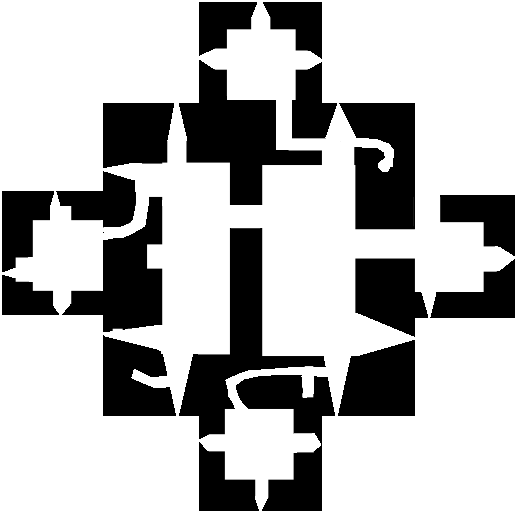
During the 15th century, the Irish Parliament met in the castle seven times. In 16th and 17th century, the castle’s importance diminished and it was left to decay. But, in the 1640s, during the Irish Confederate Wars, the castle was refortified and was seen as a potentially important military site. In 1649, after the sacking of Drogheda, the garrison of Trim left and went to join other Irish soldiers. The castle was captured by the army of Oliver Cromwell.
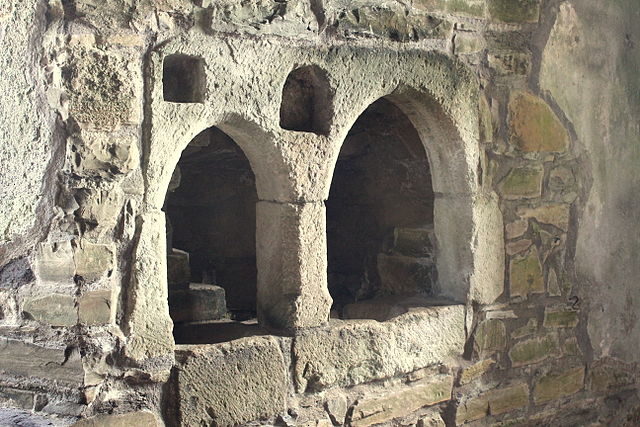
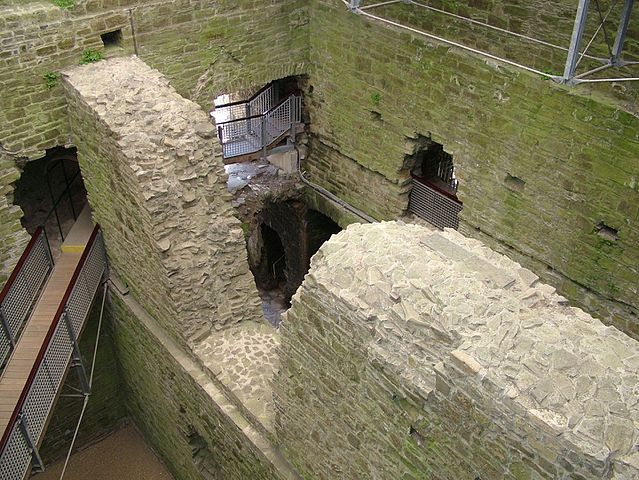
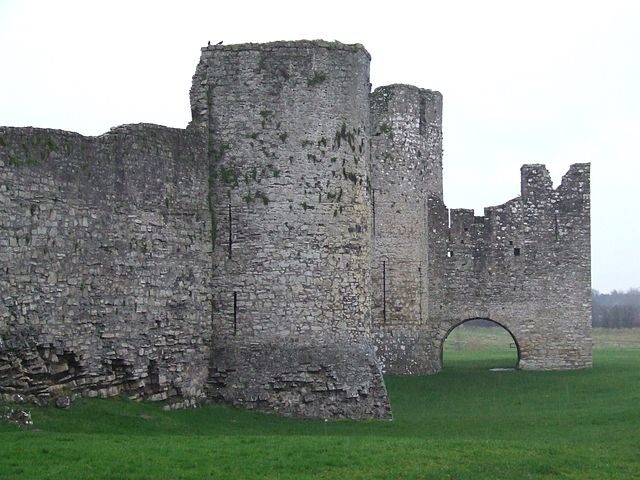
After the wars, it was granted to the Wellesley family. Through the centuries it had several owners and finally, in 1993, the last private owner sold the buildings and property to the State of Ireland.
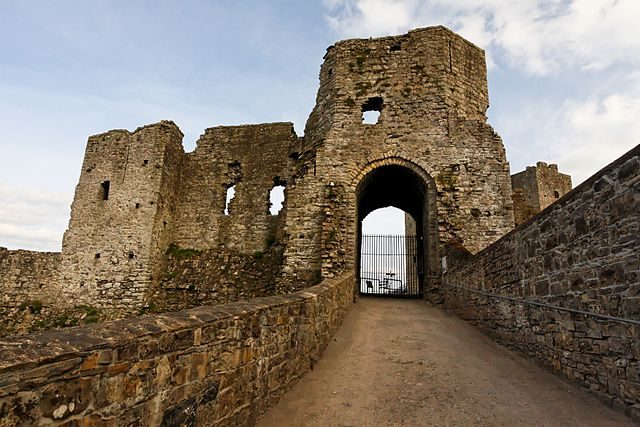
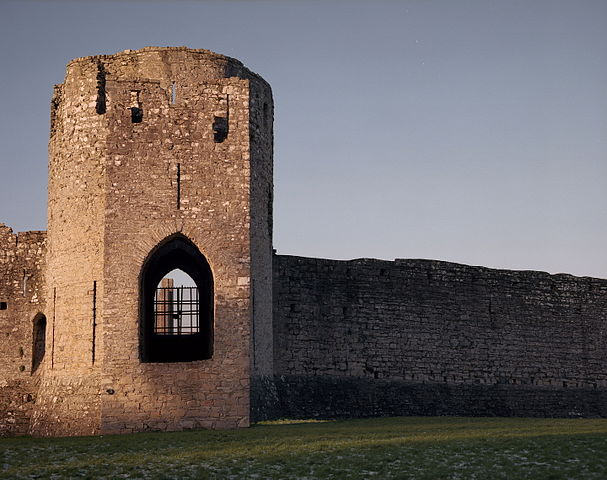
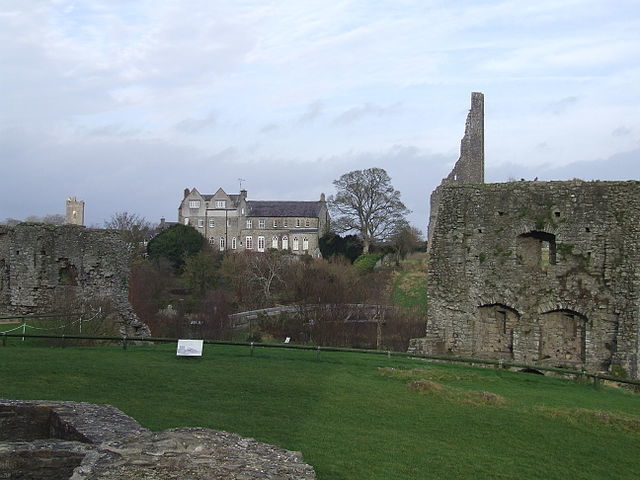
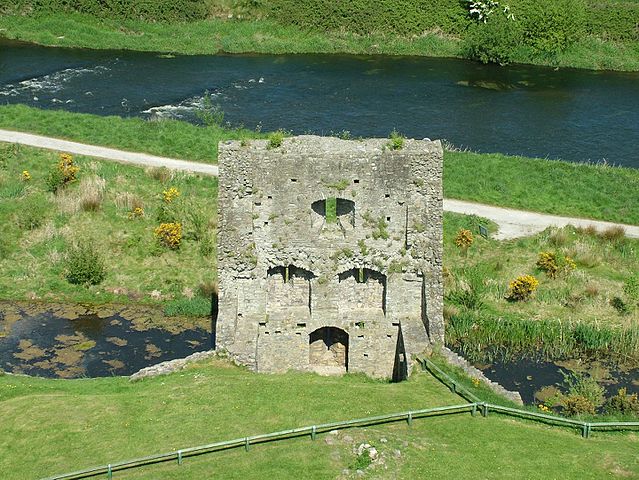
The castle is famous around the world for its unique structure and history. The central three-story keep has a cruciform shape (rare for Norman castles) with twenty corners. It was built on a previous ring-shaped fortification. There are several rectangular towers and two main gates. It is also famous for being a location where some scenes from the movie Braveheart were filmed. The castle is open to public visits and there are several ongoing projects dedicated to its conservation and restoration.
